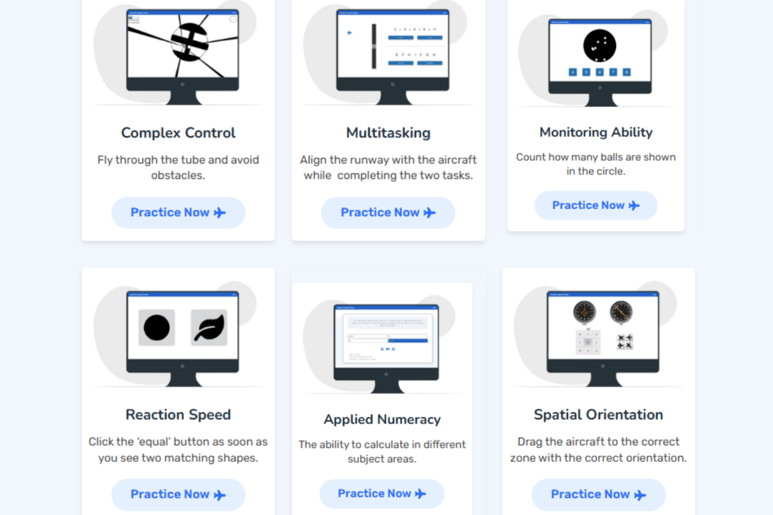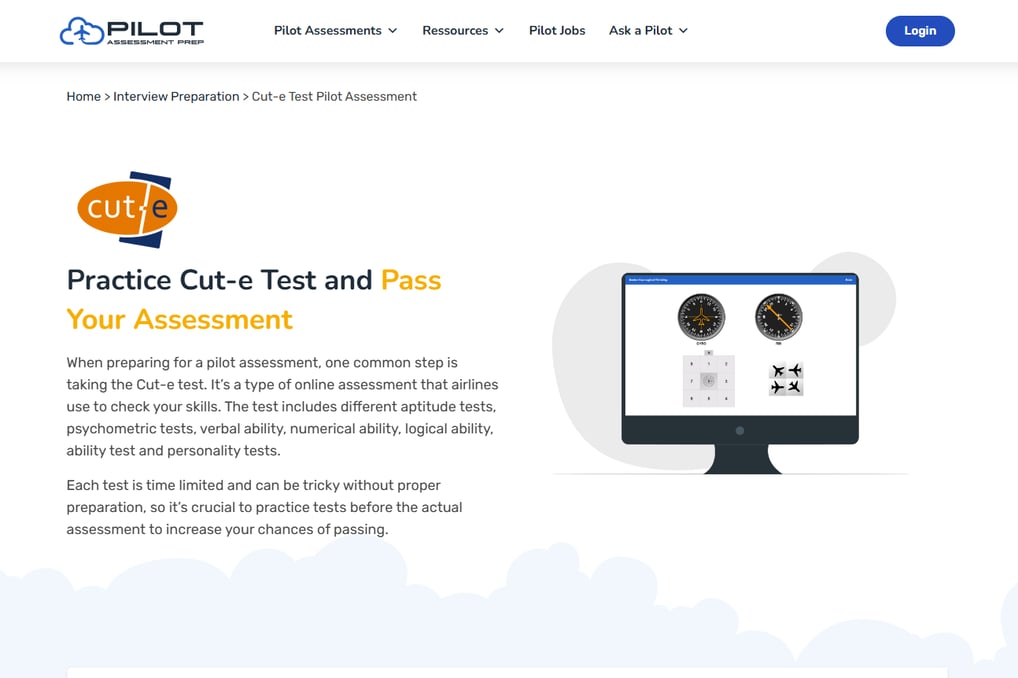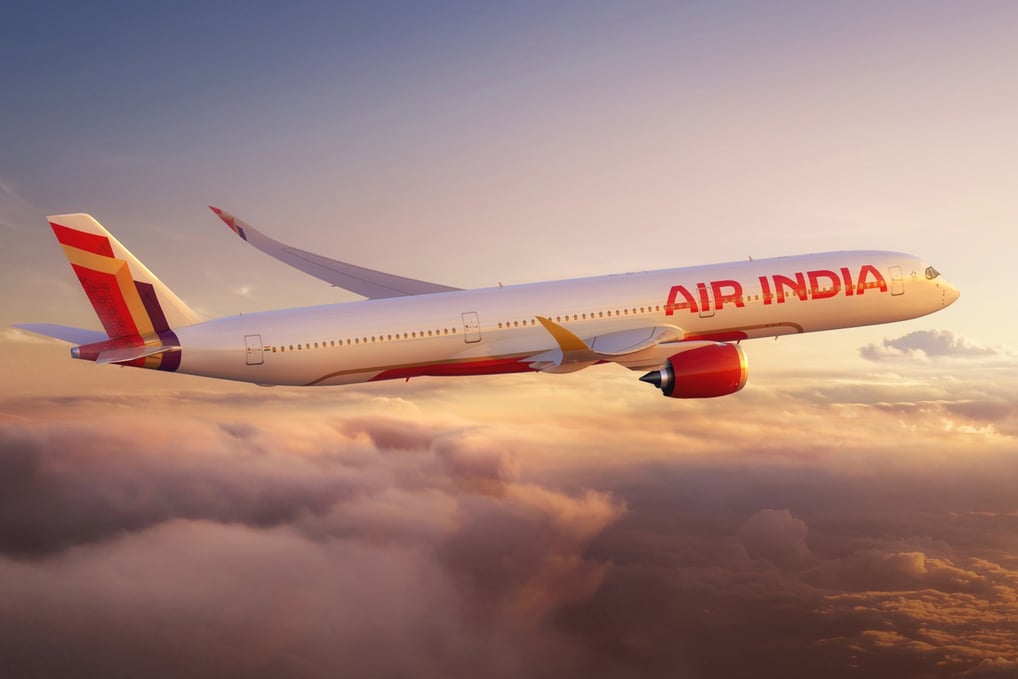Your Ultimate Guide to Joining the Air India Cadet Pilot Program: Step-by-Step to Success!
Discover everything you need to know about the Air India Cadet Pilot Program in this comprehensive guide. From application tips to training details, get all the steps to kickstart your aviation career with Air India!
11/6/2024


Want to Be an Air India Cadet Pilot? This Is the Perfect Place to Find Everything You Need!
In this blog, you'll find detailed sections covering everything you need to know about the Air India Cadet Pilot Program. From understanding the eligibility criteria to navigating the selection process, we've got you covered. We also share valuable tips and tricks on how to successfully crack the program, giving you the best chance to start your aviation career with Air India. Whether you're just getting started or preparing for the interview, this guide provides all the essential information to help you succeed.
Eligibility for the Air India Cadet Pilot Program
Ready to take to the skies with Air India? Here’s what you need to know to qualify for the Cadet Pilot Program:
Indian Citizen or OCI: You must be a citizen of India or an Overseas Citizen of India (OCI) to apply.
Age Requirement: Applicants must be between 18 to 30 years of age to be eligible.
English Proficiency: A good command of both written and spoken English is a must.
Physical & Mental Fitness: You should be in excellent physical and mental health, ready for the demands of pilot training.
DGCA Medical Test: Candidates will need to pass the DGCA Class 1 Medical before beginning flight training.
Educational Qualifications: A High School Education Certificate (10+2) with 60% marks in English, Mathematics, and Physics is required. Candidates with a National Institute of Open Schooling (NIOS) certificate are also eligible.
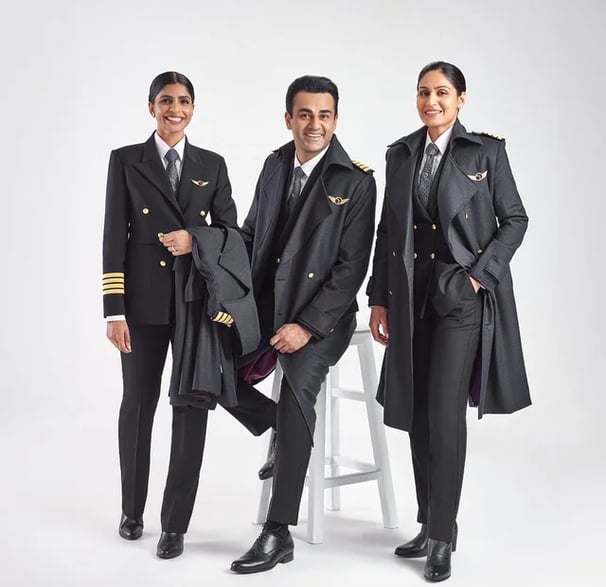

Here's What the Air India Cadet Pilot Program Offers You!
Comprehensive Training:
Learn key aviation subjects like aerodynamics, navigation, aviation regulations, and aircraft systems.
Partnered with top flight schools in the US for best-in-class training.
Industry-Leading Instructors:
Receive guidance from highly experienced and certified flight instructors.
Get real-world insights that go beyond textbooks, making your training both educational and inspiring.
Mentorship:
Connect with Air India's experienced pilots and aviation professionals.
Gain unique insights into the aviation industry and build valuable connections for your future career.
Advanced Technology:
Train with the latest aviation technology and state-of-the-art equipment
Be fully prepared for the demands of Air India’s growing fleet.
Flight Schools Partnered with Air India for Cadet Pilot Training
Air India is committed to delivering world-class pilot training by collaborating with some of the most prestigious aviation academies globally. The Cadet Program's selected partners, AeroGuard Flight Training Center and L3Harris Flight Academy in the United States, bring unparalleled expertise and advanced training methodologies. These partnerships ensure that aspiring pilots receive training aligned with international standards, preparing them for successful careers in aviation.

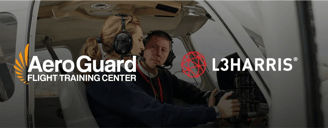
Cadet Pilot Program Timeline
1. Ground Training (4 Months)
The program begins with four months of rigorous ground training, covering essential subjects such as aviation regulations, meteorology, navigation, and radio telephony (RT) classes. This phase establishes a solid foundation of knowledge required for safe and effective piloting.
2. Flight Training in the United States (12-14 Months)
Cadets then travel to one of Air India’s partner schools, AeroGuard Flight Training Center or L3Harris Flight Academy in the U.S., for an intensive flight training phase. Over 12 to 14 months, cadets work toward obtaining their FAA Commercial Pilot License (CPL), acquiring skills through comprehensive flying practice and instruction.
3. CPL Conversion in India
Upon returning to India, cadets undergo a series of checks to convert their FAA CPL to an Indian CPL. This phase involves additional examinations and practical evaluations, ensuring compliance with Indian aviation standards.
4. Type Rating Training (3 Months)
With the Indian CPL in hand, cadets move on to type rating training, specializing in either the Airbus A320 or Boeing 737, depending on aircraft availability. This three-month period equips cadets with the expertise to operate specific aircraft models.
5. Line Training and First Officer Release
The final phase involves line training, where cadets gain practical experience under the guidance of senior pilots. After successful completion, they are officially released as Junior First Officers, ready to embark on their professional careers in the cockpit.
Selection Process for Cadet Pilot Program
1.Online Application
Your journey begins by submitting an application online. Ensure you meet all eligibility requirements, such as age, education, and health standards, before applying. This step is crucial, as only qualified applicants will proceed to the next phase.
2. Technical Evaluation
The technical evaluation phase involves a series of rigorous assessments designed to gauge essential skills for future pilots. These tests cover a range of cognitive, motor, and numerical abilities to ensure candidates are well-prepared for the demands of aviation. The key skills assessed are:
Critical Thinking: Tests problem-solving skills and logical reasoning abilities, critical for handling unexpected scenarios in flight.
Numerical Reasoning: Assesses mathematical aptitude and the ability to make precise calculations, a crucial skill for flight planning and in-flight adjustments.
Performance Under Pressure: Measures decision-making abilities under stress, reflecting real-world aviation situations where calm and accurate responses are necessary.
Motor Skills and Spatial Awareness: Evaluates hand-eye coordination, reaction speed, and understanding of spatial relationships—all essential for smooth, safe flight operations.
Test Modules
The evaluation includes several specific modules that test these core abilities in an interactive and practical format:
Complex Control: Candidates navigate through a virtual tube, avoiding obstacles. This test assesses fine motor control and focus.
Multitasking: This module requires aligning a virtual runway with an aircraft while simultaneously completing two additional tasks. It tests candidates’ ability to handle multiple responsibilities at once, a critical skill in a busy cockpit environment.
Reaction Speed: A test of rapid response, where candidates must click an ‘equal’ button immediately when two shapes match, evaluating reaction times under dynamic conditions.
Spatial Orientation: Candidates drag an aircraft icon into the correct zone, ensuring it has the proper orientation. This exercise is crucial for testing spatial awareness and visualizing aircraft orientation.
Monitoring Ability: In this test, candidates are shown a circle with several balls and must count them accurately. This evaluates attention to detail and focus under time constraints.
Applied Numeracy: Candidates complete mathematical problems relevant to different aviation scenarios, testing their ability to perform accurate calculations across various subject areas.
English Proficiency: Ensures candidates have the necessary language skills to communicate effectively in international aviation settings.
Candidates who perform well across these modules move on to the next stage of the selection process, demonstrating a well-rounded set of skills essential for pilot training.
3. Non-Technical Evaluation
The non-technical evaluation phase is designed to assess interpersonal skills, teamwork, professionalism, and adaptability—qualities that are critical for pilots who must work effectively in collaborative, high-stakes environments. This stage includes:
Panel and Group Interviews: Candidates participate in both group discussions and one-on-one interviews to evaluate communication abilities, confidence, and how well they present themselves under scrutiny.
Group Discussion: In the group discussion, candidates are given an aviation-related topic to discuss. Each participant shares their insights and perspective, contributing to a collaborative dialogue. This exercise tests candidates' ability to think critically, communicate clearly, and express their viewpoints effectively in a group setting.
One-on-One Interview: The individual interview is conducted by a panel that includes a senior commander, an HR representative, and a psychiatrist. Each panelist assesses different aspects of the candidate:
The commander evaluates technical understanding, aviation knowledge, and suitability for the pilot role.
The HR representative focuses on professional demeanor, cultural fit, and overall career aspirations.
The psychiatrist assesses mental resilience, emotional stability, and suitability for a high-pressure role in aviation.
This non-technical evaluation ensures that selected cadets not only have the cognitive and motor skills needed for piloting but also the character and social skills essential for effective teamwork and safe operations in a professional airline environment.
Practice and Preparation
Candidates can practice these modules on the Pilot Assessment - Aptitude Tests & Interview Preparation website to enhance their skills and score well. Click here to access the practice platform directly and start your preparation today.
Register for the Air India Cadet Pilot Program
To take the next step in your aviation journey, visit the official Air India Cadet Program registration page. Click here to access the application page and begin your registration process.
Wishing You the Best of Luck!
We wish you all the best for the selection process and exams. If you have any questions or need further information, consider subscribing to Pilot Essentials for comprehensive guidance and updates on the pilot training journey.
Essentials
Discover must-have accessories for every pilot.
Gear
© 2024. All rights reserved.

